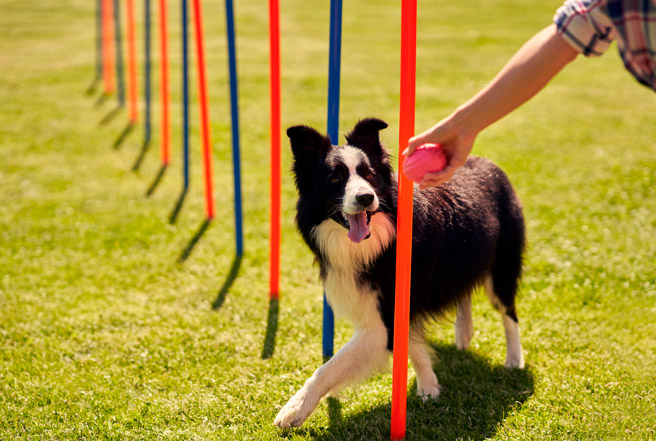Measure, Monitor, Manage – Part 1

Written by Skinner’s Nutrition Team
Obesity is ranked as one of the most significant human health issues. Similarly, obesity ranks as one of the most common forms of malnutrition in our dogs. Malnutrition I hear you say? How? Surely a malnourished animal is an underweight animal? Well, obesity (and indeed any animal carrying a little more bodyweight than they should) is indeed malnourished, although typically, obesity is a result of an excess of food (and specifically energy, in the form of calories) than a lack of food.
Should I worry about my dog’s weight?
If the idea of a malnourished dog doesn’t worry you, then some of the long-term health consequences of obesity should. From joint problems to an increased risk of certain forms of cancer, a reduced life span and a whole host of other health issues in between, it is clear that obesity is a significant welfare issue. With the ever-rising cost of dog healthcare, keeping them at a healthy weight makes financial sense too!
Why is dog obesity a growing problem?
There are a whole range of reasons, including busy lifestyles, restrictions on free exercise and increased humanisation of our dogs. However, one key problem is the easy access to tasty, energy dense food, including treats. Obesity put quite simply is where more energy goes in than has been burned off and if they get more tasty food and treats than exercise to burn those calories off, they run the risk of getting fat.
A fit, not fat dog is possible though! And if yours is a little fatter than ideal, there are LOTS of things you can do to help them become slimmer, fitter and healthier. Who knows, we might even benefit too! This series of articles will explore some of the approaches we can take to help manage our dogs’ waistlines, from the fun to the functional. Let’s begin with one of the simplest and most important nutritional ways of doing this;
Measure, Monitor, Manage
You cannot manage what you do not measure and monitor. So, to manage your their waistline, let’s start by measuring and monitoring.
This means weighing them regularly and keeping a note of their weight. Weekly weigh ins are a great routine to get into and allows you to easily and quickly identify trends either up or down. Equally, weigh your dog’s food and ensure you are feeding accurately and to guidelines (remembering that some dogs need feeding less than a recommended feeding guide!); why not try our free online feeding guide! Scoops are notoriously inaccurate, it is much better to accurately weigh your dog’s food regularly.
By measuring and monitoring, you can keep an easy track of what is going into your dog and what effect it is having! It also means that you can see progress, target set and make any adjustments that might be necessary.
A top tip is to weigh out their daily amount in the morning and spread it through the day in meals and treats. Don’t be tempted to add more however! Getting into a daily routine like this is key to starting to keep them in shape!
In Part 2 of this series, we will look into the foods and feeding approaches worth exploring.



